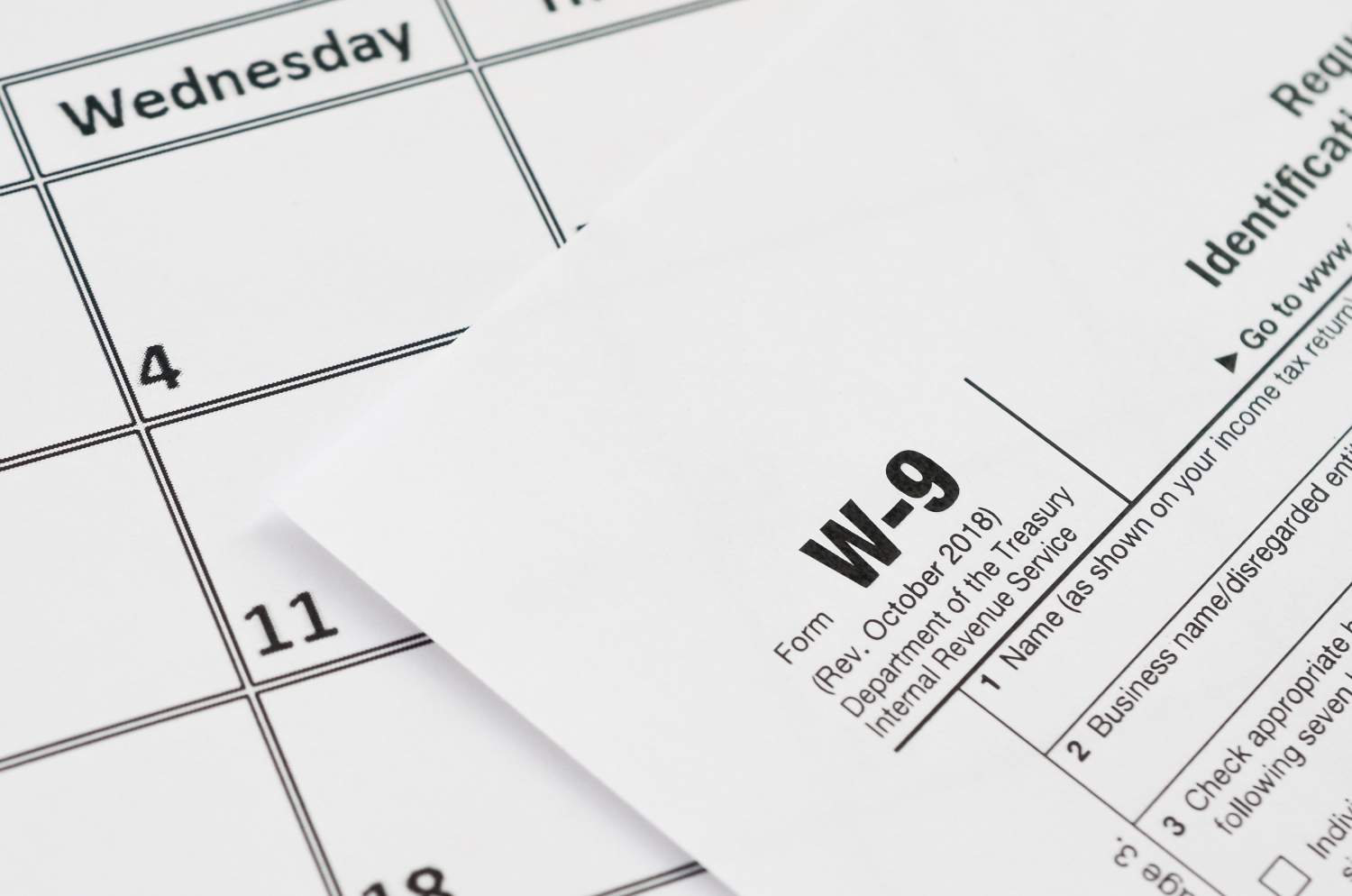
By Vatsal G. Thakkar, M.D.
Founder, Reimbursify
A few years ago, a patient left me an urgent message. Her insurance company was demanding that I complete a W-9 before they would reimburse her for out-of-network expenses. I know, this makes no sense whatsoever. I was out-of-network, would not be receiving funds directly from the insurance company, and there was no tax reporting requirement by the insurance company. So why was this necessary?
A W-9 is a standardized legal document used to collect tax ID or EIN numbers. Though it is published by the IRS, it is never collected by the IRS—it is only to be kept on file by the entity requesting it. And many insurance companies request W-9s from all practitioners, both in- and out-of-network.
Now get this—I completed the W-9 and the family got reimbursed—but I never received a 1099 from the insurance company (which is the correct outcome). If I had, my income from those appointments would be counted twice, since I was already receiving a 1099-K for all of my credit card revenue.
Frankly, I’ve been accustomed to completing W-9s for years—I’ve sent several in every year since 2007. And this has never caused any issues.
If there’s no tax reporting requirement and I’m not receiving the reimbursement, then why do they need my tax ID (EIN) number at all?
Insurance companies identify the provision of health care services using a combination of the rendering provider’s NPI number (type I), and the practice EIN. This makes sense, since the same provider could work for two different practices and also moonlight at a hospital. This is why the EIN number is almost always required to be on a health insurance claim. (Ideally it would make sense to identify practices by Type II NPI numbers, but many small practices fail to acquire a type II number.).
Hospitalist work: Private Practice: Jane Smith MD
NPI 1987656663 NPI 1987656663
EIN 99-8765432 (hospital EIN) EIN 11-2345678 (practice EIN)
Several years ago, Blue Shield of California went so far as to demand that all out-of-network practitioners go through a registration process with the payer before any patients were reimbursed for claims. This must have been met with much consumer and practitioner backlash since the link to register is now broken.
So, when you get a request for your EIN or a W-9, send it in without a second thought. It’s a practice intervention that will provide enduring benefits and has little to no side effects!
Contact us today to learn more!